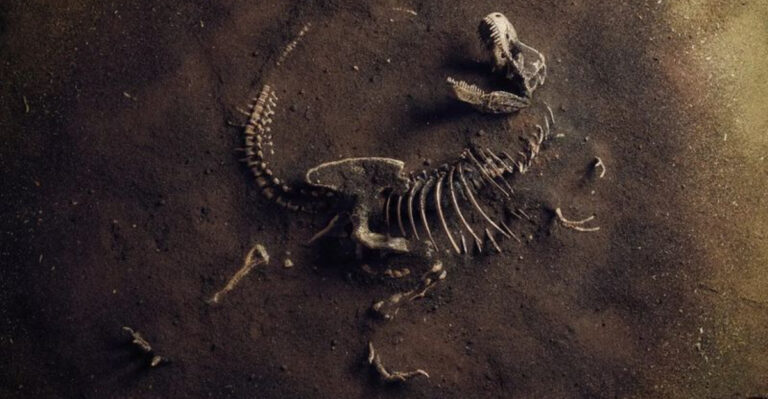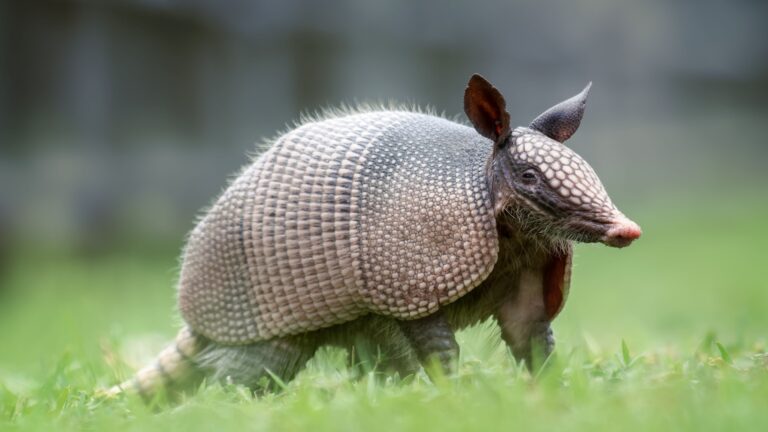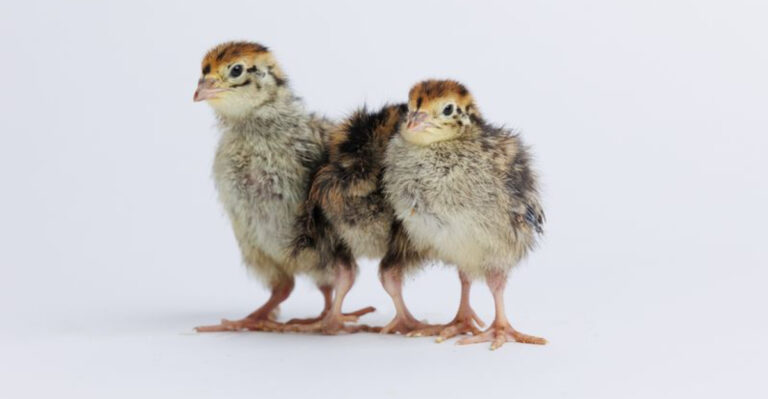Why Nurse Sharks Are The Ocean’s Most Misunderstood Predators
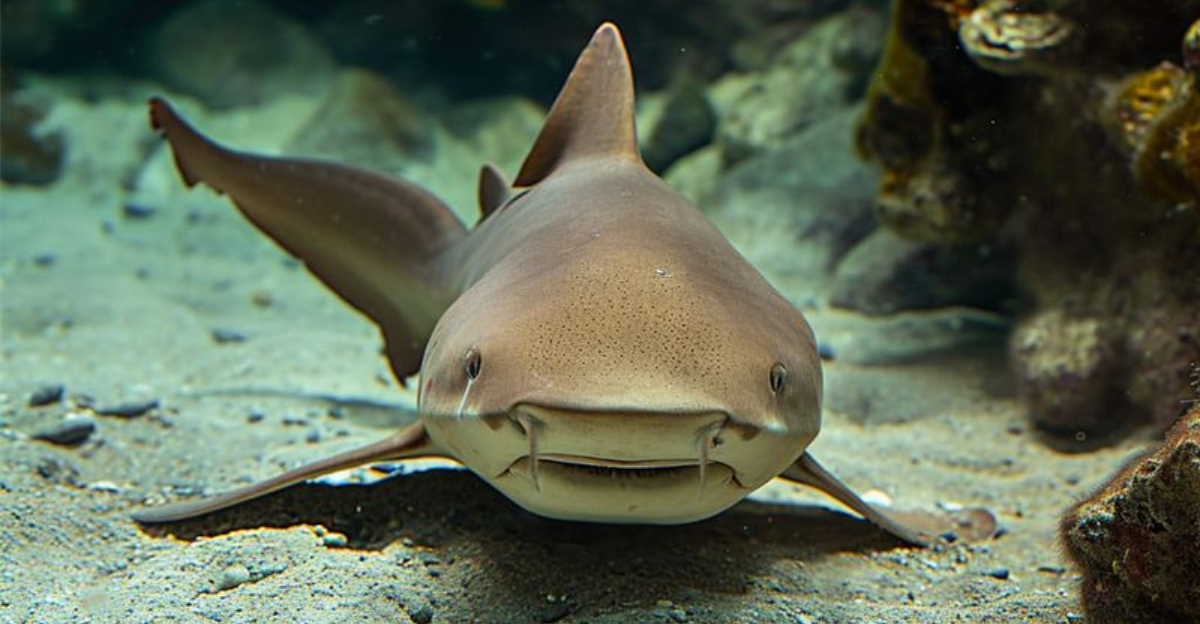
Nurse sharks, those sleepy-looking residents of the ocean floor, have gotten a bad rap for years. Many people think they’re boring, lazy, or even dangerous without knowing the truth.
These fascinating creatures are actually some of the most remarkable sharks in our oceans, with behaviors and abilities that would surprise most beachgoers.
Let’s uncover why these misunderstood predators deserve a second look – and maybe a little more respect.
Not Actually Nurses
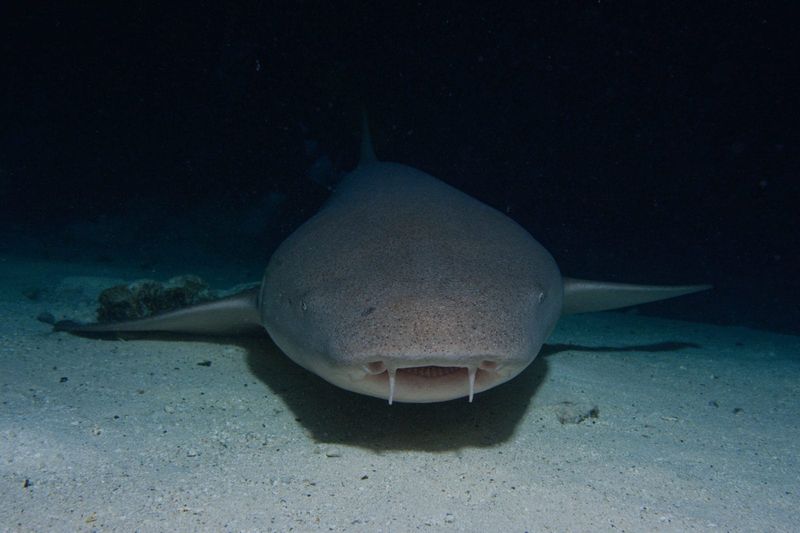
The name “nurse shark” has nothing to do with healthcare! Their name likely comes from the Old English word “huss” or the ancient word “nusse” meaning shark. Over time, sailors and fishermen corrupted these terms into “nurse.”
Another theory suggests the name comes from the sucking sound they make when hunting prey in the sand, which resembled a nursing baby. These gentle giants don’t bandage wounds or take temperatures – they’re simply victims of linguistic evolution.
This naming confusion represents just the first of many misunderstandings surrounding these fascinating creatures.
Vacuum Cleaners Of The Sea

Forget the image of sharks as mindless hunters with rows of terrifying teeth. Nurse sharks have evolved a completely different feeding strategy that’s more like an underwater vacuum cleaner than a typical predator.
Their powerful suction feeding allows them to slurp up small fish, crustaceans, and mollusks from tight spaces between rocks and coral. They can generate enough suction force to pull prey from hiding spots several inches away!
This unique hunting style makes them crucial ecosystem engineers, cleaning up the reef and controlling populations of small creatures that might otherwise overrun coral communities.
Social Butterflies
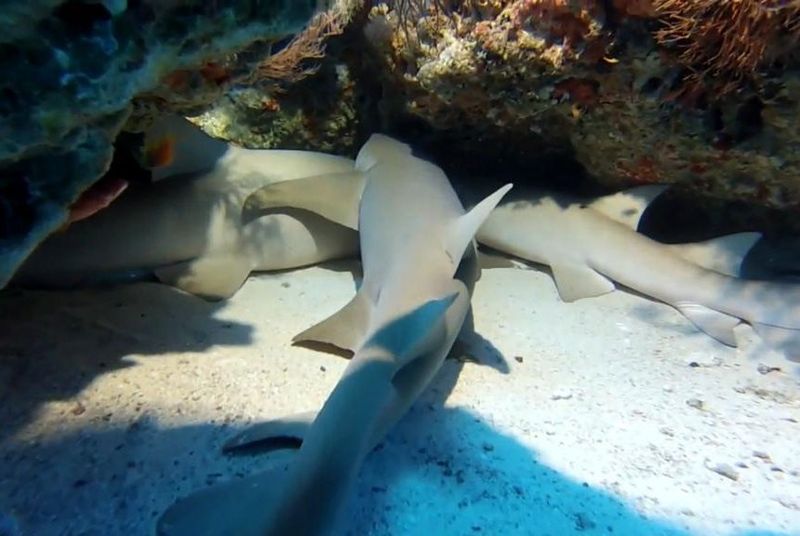
Contrary to the loner stereotype of most sharks, nurse sharks are surprisingly social creatures. During daytime hours, they often gather in groups of up to 40 individuals, piling on top of each other in caves or under ledges.
Scientists aren’t entirely sure why they engage in this behavior, but it may provide protection, temperature regulation, or social bonding opportunities. Female nurse sharks even appear to recognize and prefer certain companions over others, suggesting complex social relationships.
This communal resting behavior is rare among sharks and showcases their unique place in the shark family tree.
Marathon Breathers
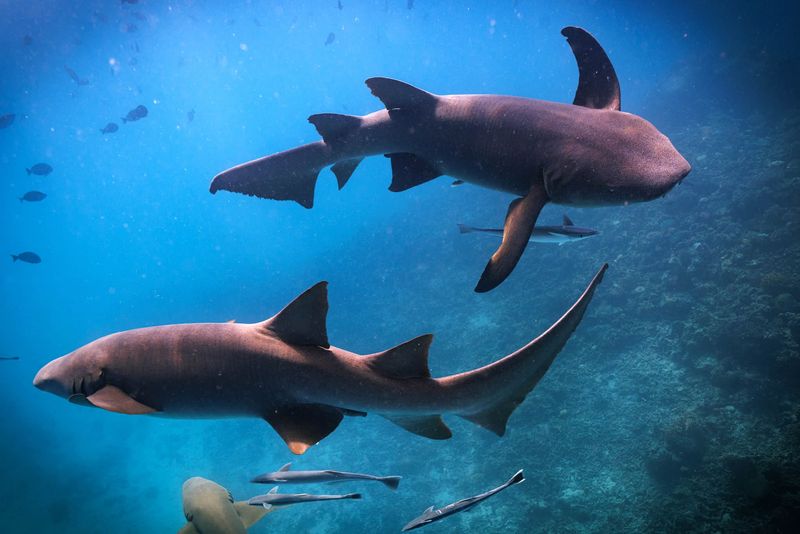
Most sharks must constantly swim to push water over their gills – stop moving and they suffocate. Nurse sharks break this rule spectacularly. They’re among the few shark species that can actively pump water across their gills while remaining completely still.
This remarkable adaptation allows them to rest motionless on the seafloor for hours. Specialized muscles around their pharynx and mouth create a pumping action that draws water in and forces it over their gills.
This ability explains their seemingly lazy lifestyle and makes them perfect subjects for research, as they can be studied without the constant movement that makes other sharks challenging to observe.
Walking Sharks
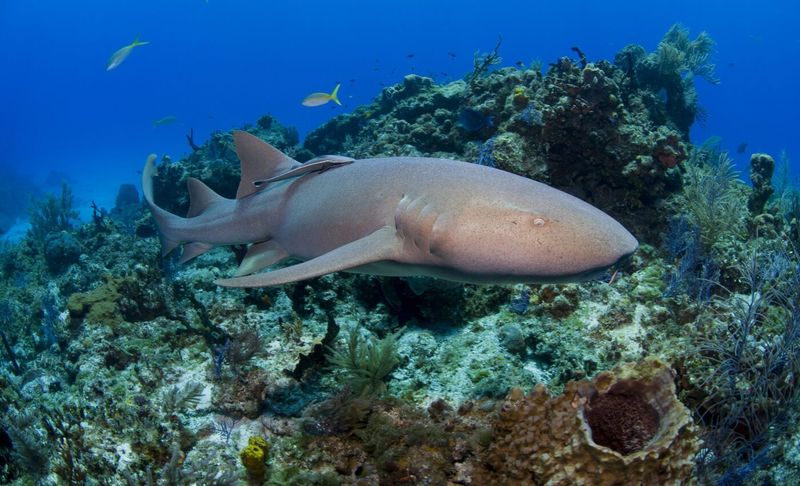
Unlike most sharks that rely solely on swimming, nurse sharks have developed a fascinating locomotion method that resembles walking. They use their muscular pectoral fins to push against the seafloor, allowing them to “walk” across the bottom in shallow areas.
This unusual movement helps them navigate tight spaces between coral heads and rocky outcroppings where swimming would be difficult. Young nurse sharks are especially adept at this fin-walking technique, using it to explore their environment and hunt for food in complex reef structures.
Next time you see footage of a nurse shark, watch closely – you might catch them taking a stroll!
Memory Champions
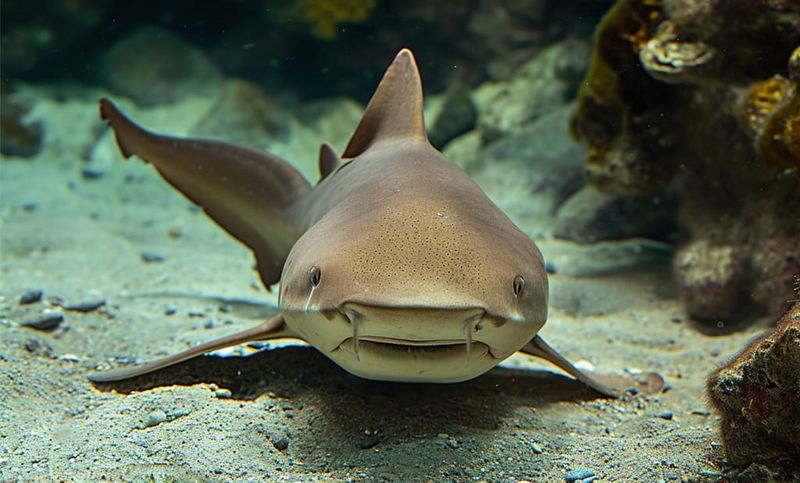
Far from being simple-minded eating machines, nurse sharks possess remarkable memory and learning abilities. Researchers have documented their capacity to remember specific locations for years – returning to the exact same caves and resting spots season after season.
In captivity, they quickly learn feeding routines and can even recognize specific caretakers. One study showed nurse sharks could be trained to respond to underwater sound signals, demonstrating problem-solving skills comparable to those of dolphins.
Their brain-to-body ratio is larger than many other shark species, suggesting these slow-moving predators compensate with intelligence what they lack in speed.
Teenage Rebels

Young nurse sharks undergo a dramatic personality shift as they mature. Juvenile nurse sharks are surprisingly feisty and quick to defend themselves, often biting if handled or disturbed – behavior that contradicts the species’ docile adult reputation.
As they grow, they typically become more tolerant of human presence. This transformation mirrors human development in some ways – from reactive teenagers to more measured adults.
This behavioral change has led to conflicting reports about their temperament, with some describing them as aggressive and others as gentle giants. The truth depends largely on the age of the shark in question and whether it feels threatened.
Marathon Maters

Nurse sharks have one of the most unusual mating systems in the shark world. Their courtship can last for days or even weeks, with multiple males following a receptive female in a slow-motion underwater parade.
The actual mating process involves the male biting and holding the female’s pectoral fin – sometimes leaving scars that scientists use to identify which females have mated. After fertilization, females carry their young for an astonishing 5-6 months before giving birth to live pups.
This complex reproductive behavior shows these sharks aren’t the simple creatures many assume them to be.
Sensory Superheroes

Those whisker-like appendages hanging from a nurse shark’s mouth aren’t just for show. Called barbels, these sensitive organs contain thousands of taste receptors and electroreceptors that can detect prey buried under several inches of sand.
When hunting, nurse sharks sweep these sensory barbels across the seafloor like metal detectors, picking up electrical signals from hidden creatures and chemical traces of food. This supersense allows them to find meals completely invisible to human eyes.
Combined with their powerful suction feeding, this sensory system makes them incredibly efficient hunters despite their slow-moving nature.
Ecosystem Engineers
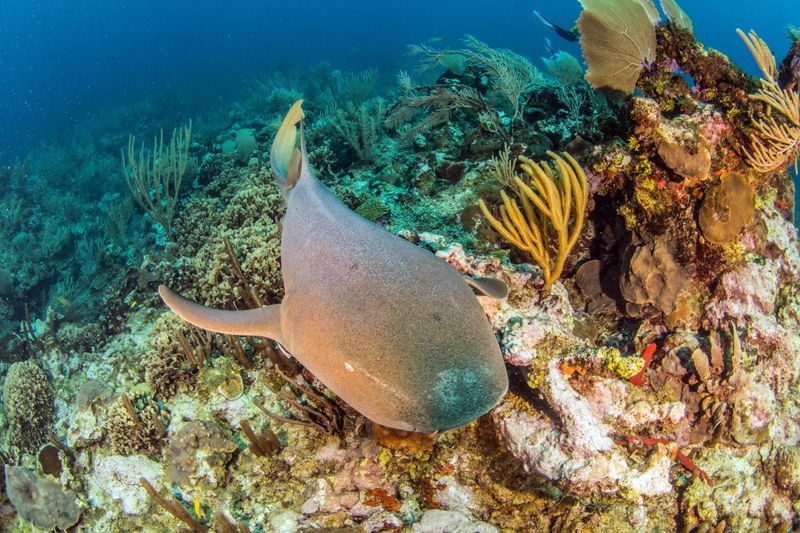
Nurse sharks reshape their environment through their daily activities, earning them the title of ecosystem engineers. Their feeding behavior – sucking prey from the seafloor – creates small divots and depressions that become microhabitats for other marine creatures.
These depressions collect organic matter and provide shelter for small fish and invertebrates. Their constant movement along regular pathways also creates distinct trails across the seafloor that other marine life use as highways.
By modifying the physical structure of their habitat, nurse sharks increase biodiversity and contribute to the health of coral reef ecosystems in ways scientists are only beginning to understand.
Prehistoric Survivors

Nurse sharks represent one of the oldest lineages of modern sharks, with fossils of their ancestors dating back over 65 million years. They’ve survived multiple mass extinction events that wiped out countless other species, including the dinosaurs.
Their body plan has remained remarkably similar throughout this vast timespan, suggesting they found an evolutionary sweet spot that works across changing oceans. Modern nurse sharks are living fossils – windows into an ancient ocean world.
This extraordinary survival story contradicts the notion that they’re somehow less advanced than other sharks. They’re not primitive – they’re proven survivors.
Misunderstood Bite Statistics

Despite their size – growing up to 14 feet long – nurse sharks rarely pose any threat to humans. The International Shark Attack File records only a handful of unprovoked nurse shark bites, none of which were fatal.
Most reported “attacks” occur when humans step on, grab, or otherwise harass these normally docile creatures. Even when provoked, their bite is typically defensive rather than predatory, and their small, non-serrated teeth cause less severe injuries than other shark species.
Their undeserved dangerous reputation stems from their large size and shark classification rather than actual behavior.

